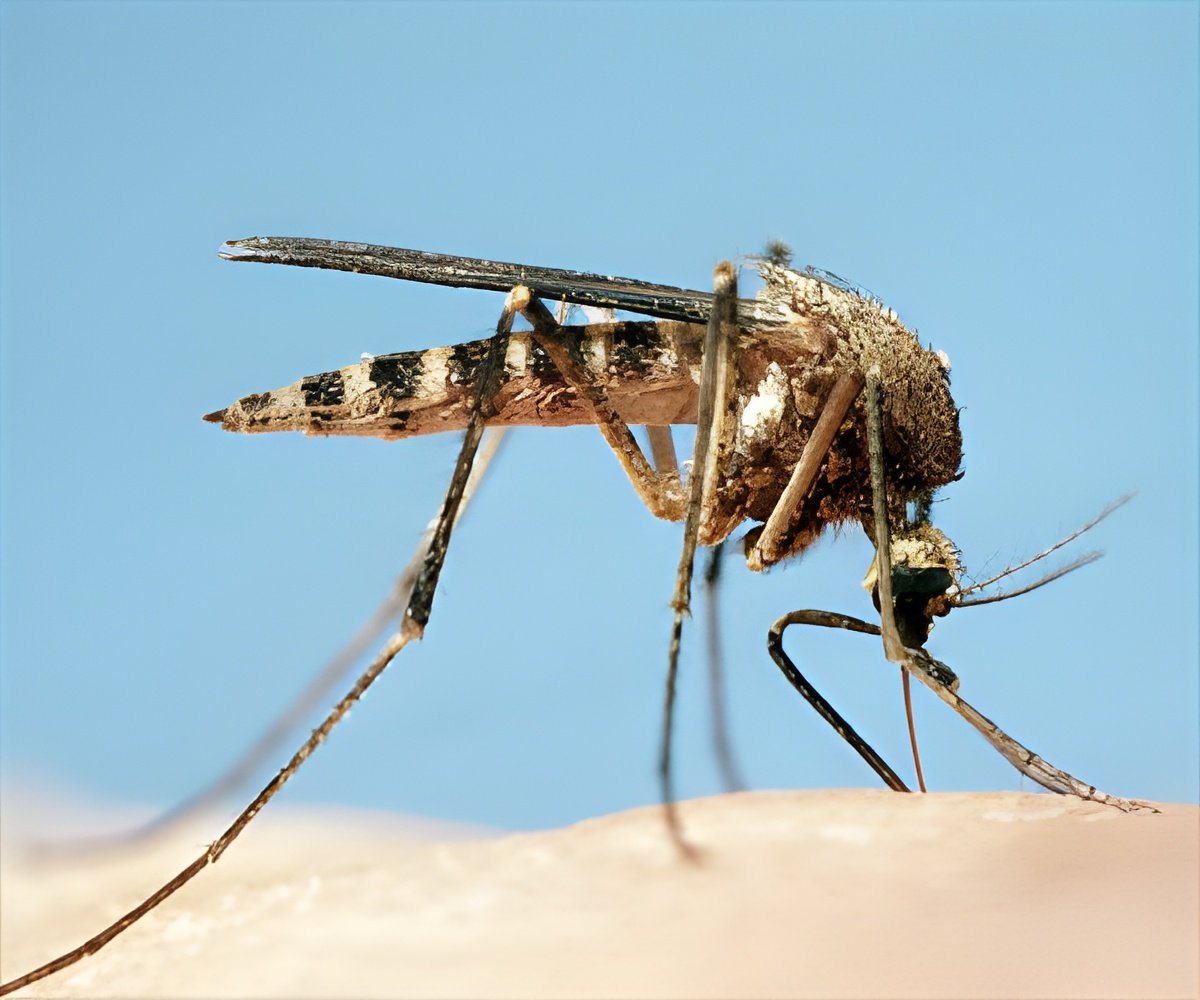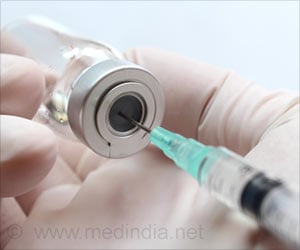Higher levels of four sulphuric compounds are detected in the malaria patients' breath. These are in direct correlation with the severity of the infection.

CSIRO said, "The chemicals are not detectable by the human nose, but with the proper instruments, the disease can be diagnosed earlier than with the standard blood examination method."
Stephen Trowell, CSIRO research group leader, said, "What is exciting is that the increase in these chemicals were present at very early stages of infection, when many other methods would have been unable to detect the parasite in the body of people infected with malaria. We are also working with colleagues to develop very specific, sensitive and cheap biosensors that could be used in the clinic and the field to test breath for malaria."
Source-Medindia















